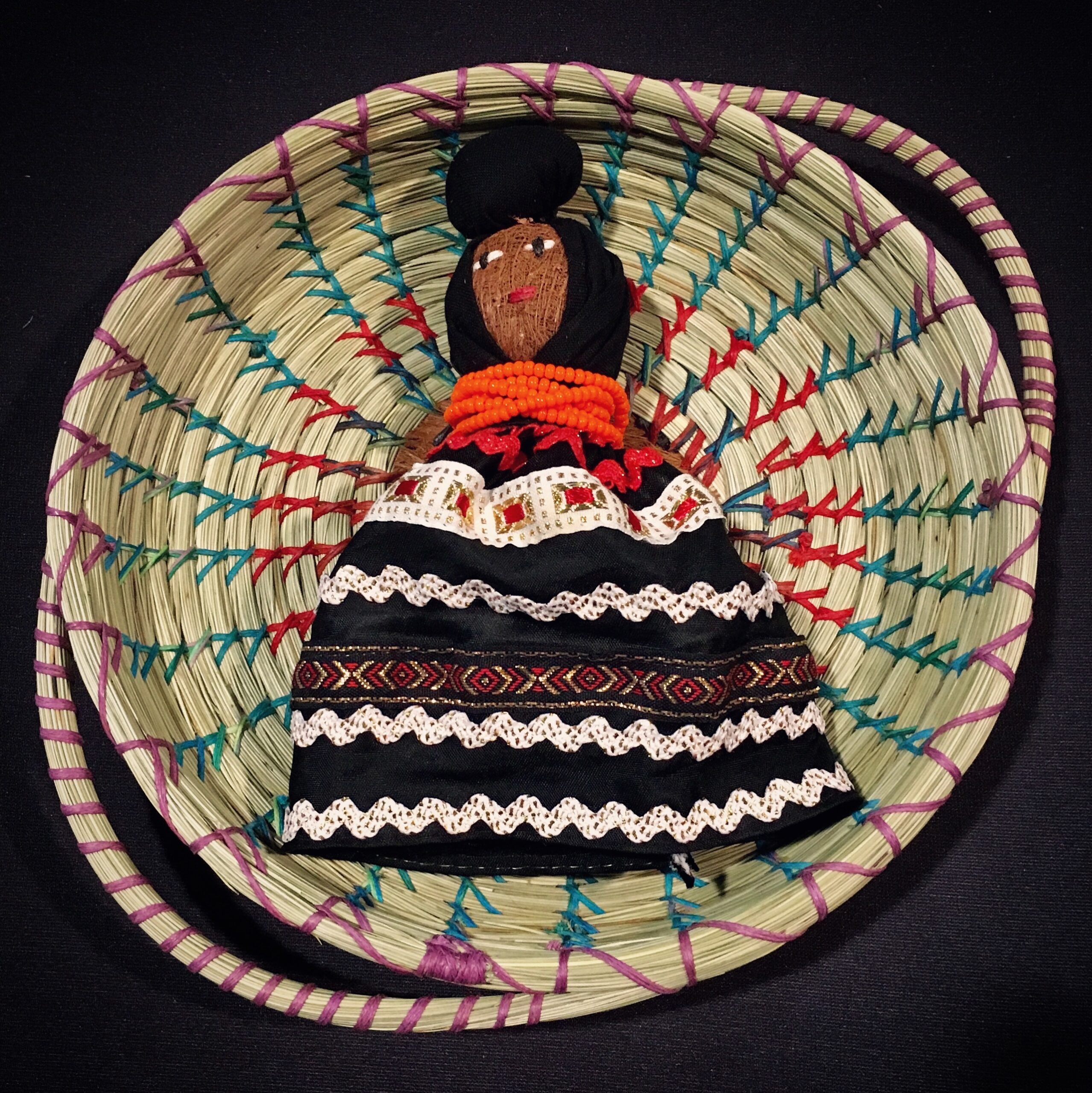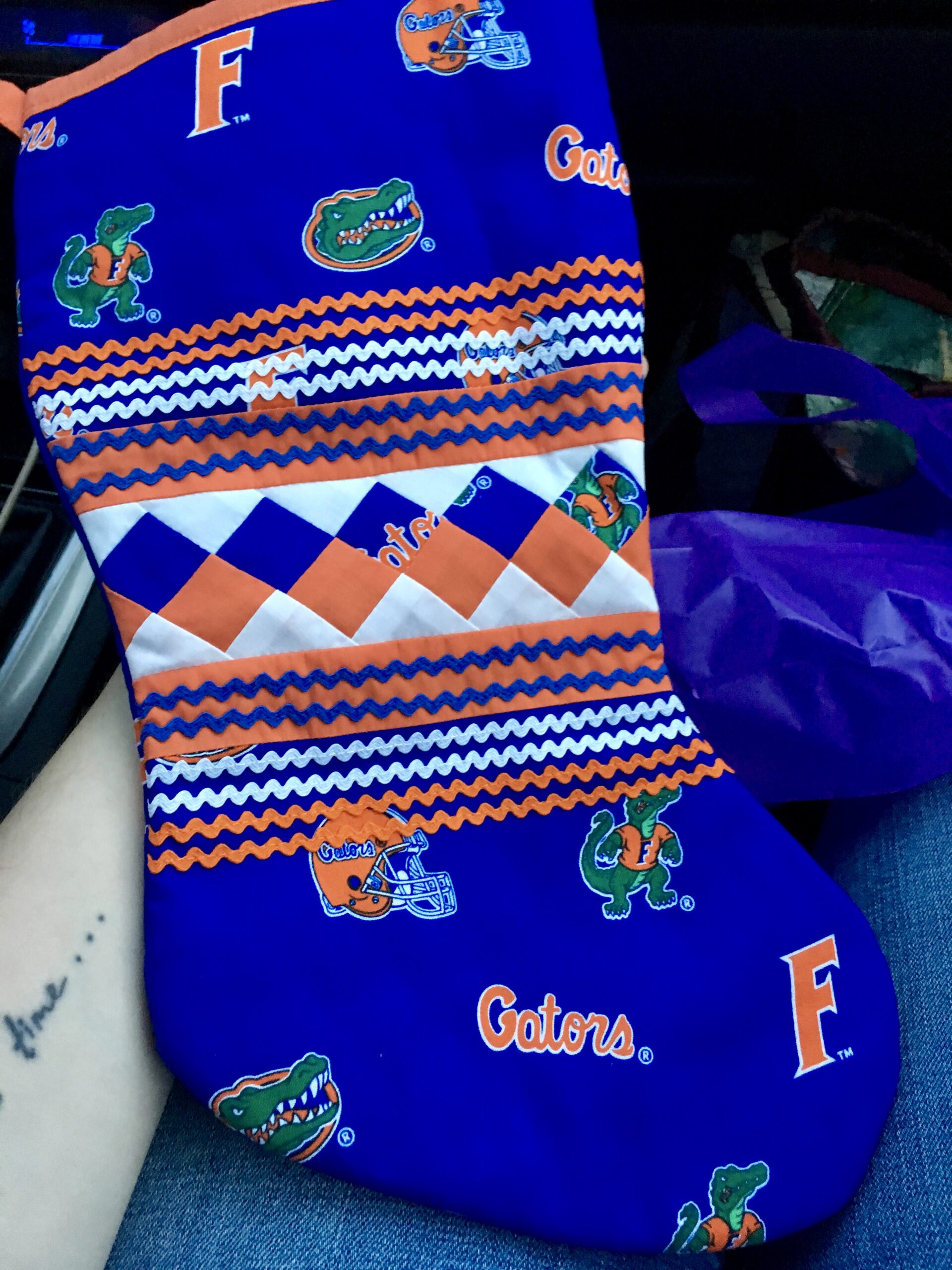Being an Ethical Consumer of Native Arts and Crafts
Welcome to the first installment of our series around Ethics and Native culture! Have you ever purchased a piece of American Indian art? How did you know? This week, we are going to talk about the Indian Arts and Crafts Act of 1990. You will learn how to become an ethical consumer of Native arts and crafts. It is important to think critically about how to ethically engage and consume art, so follow along for some tips and tricks!
Federal Recognition

Items received at STOF Tribal Fair & Pow Wow, 2018
It should be noted for the purposes of this blog post, the term “American Indian” is utilized when appropriate. United States Government uses this specific terminology in both legal and census taking contexts. The United States Census Bureau defines individual American Indians or Alaskan Natives as a “person having origins in any of the original peoples of North and South America (including Central America) and who maintains tribal affiliation or community attachment.” In a legal context, this means someone who is identified as an American Indian or Alaskan Native is a citizen of their federally or state recognized tribal nation, the United States, and the state in which they reside.
Federally recognized tribes are sovereign nations, and with that comes the acknowledgement of their separate political status. Additionally, it is important to consider that there are a number of tribal entities in the United States who are not state or federally recognized. These entities may or may not be petitioning for acknowledgement, depending on their ability to satisfy the requirements for application. Acknowledgement is expensive and time consuming to pursue. The Office of Federal Acknowledgement receives petitions for acknowledgement, and presents recommendations based on seven criteria. The process can be a long and confusing one, but with acknowledgement comes many legal protections and resources.
The Indian Arts and Crafts Act of 1990 – what is it?
The Indian Arts and Crafts Act of 1990 is a truth in advertising law specifically focused on fraudulent representation and marketing of Indian arts and crafts in the United States. Fraudulent marketing is not exactly the same as cultural appropriation. While there are some overlaps, cultural appropriation takes elements of a culture for use by someone not from that culture. The Act purely covers misrepresentation in marketing. The consumer believes the items are genuine due to false marketing. A future blog post will explore cultural appropriation.
Any violations of the Act are overseen by The Indian Arts and Crafts Board (IACB). It is an agency within the US Department of the Interior. Their mission is to “promote the economic development of federally recognized American Indians and Alaska Natives through the expansion of the Indian arts and crafts market.” In essence, the IACB works to promote economic growth in Native American communities by protecting artisans and craftspeople. While the Indian Arts and Crafts Act of 1990 is the priority, the IACB has a number of other goals to help facilitate that growth. Created in 1935, the IACB also runs three regional museums and maintains a consumer directory. Additionally, they work to provide resources and promotional information to Indian artisans and cultural organizations throughout the US.
The Act in Practice
According to the IACB, the core of the Act means “it is illegal to offer or display for sale, or sell, any art or craft product in a manner that falsely suggests it is Indian produced.” This extends to misrepresenting that the product is made by any American Indian crafts organization or tribe. Art sold or displayed as being produced by a Native artisan or tribe if it is not is a violation of the Act.
For example, what if you displayed a sign for “Seminole Handmade” crafts, but they were not made by a member of the Seminole Tribe of Florida or the Seminole Nation of Oklahoma? This in itself violates the Act, even if you never sold a single item. False advertising without a single sale is prohibited. If you violate the Act, you face up to $500,000 in fines or 5 years in prison. If a business knowingly violates the Act, they face civil penalties or fines up to $1,000,000.
Why should you care?
But, you may not be an art seller or artist. You just want to buy beautiful art – why should you learn about all the intricacies of the law? The Act is already a law. Shouldn’t it be taken care of? If you have an appreciation for Native American arts, crafts, and cultures, it is important to care. Unfortunately, counterfeits are still a large issue in this market, even with the Act in place. Counterfeit jewelry, arts, and other crafts drive prices down for genuine art and cut into profits for Native artists. Often, there is not the federal budget to search out counterfeit items. Instead, the IACB relies on complaints and reports of violations.
Only last November, two artists were charged for faking tribal affiliations in order to sell counterfeit pieces in downtown Seattle galleries. The IACB received complaints about the items, which led to the investigation and charges. Sale of counterfeit items hurt economic prospects for native artisans. The items create a false representation of the cultures in which they are supposed to represent. As recently as 2017, a panel of government officials and Native artists urged for the Act to be strengthened against counterfeits. So, even though the Act is in place and prosecuting, many counterfeits fall through the cracks. As a consumer, it is important to think critically about items when purchasing them. Instead of supporting a native artist or community, without due diligence you may be causing harm.
Three Tips for How to Be an Ethical Consumer
Know Who You Are Buying From
Are you purchasing art from a vendor at a pow-wow, from a museum gift shop, or searching on EBAY? One of the best things you can do to verify the legitimacy of the art you are purchasing is to get to know who you are buying it from. Make sure the source is reputable. When you can, purchase directly from the artist, and learn more about them and their tribal affiliation.
The IACB sources a Directory of Arts and Crafts Businesses that can be found here. You also may ask for a written verification of authenticity, and keep receipts with the artist’s name, date, and tribal affiliation. Not only will this cut down on the possibility of the item being fraudulent, but you will have more opportunity for learning. When you learn more about the artist and the art, you will have a better appreciation and understanding of the culture it comes from.
Know What You Are Buying
When looking at art or crafts, something important to consider is also provenience. This means, where did the art come from? If you are purchasing from an art dealer – who is the artist? Above all, do your research! Learn about the item you are looking to purchase. Who made it? What is the artist’s tribal affiliation?

Stocking purchased at American Indians Arts Celebration 2018, made by Miss Judy Jim
Learn what kinds of materials are used, and how to identify good craftmanship for the pieces. The Act prohibits any misrepresentation in the marketing of Indian Arts and Crafts. A violation is piece of art labeled “Native made” without being made by a Native person. But, while the Act itself is black and white, there are always some murky areas in interpreting the law.
It is tricky if the artist themselves does not hold membership from a federally or state recognized tribe, or hold no official tribal affiliation. They may still be of Native American or Indian descent, just not in a way that the law recognizes. The intention of the law is to not mislead the consumer and take economic growth away from native communities. The law does not prohibit the artist from truthfully stating they are of Native descent if they are. But, if they are not recognized, they can’t claim that the art is Native American made, or from a specific tribe. The Act covers non-member artisans certified by Tribes as well. This makes it even more important for the consumer to look more deeply at what they are purchasing.
Report Violations
If becoming more educated fails you, and you do purchase a fraudulent piece of art – what next? The best thing you can do is report violations. Here is an online form where you can determine how to, and even if you should, report a violation of the Indian Arts and Crafts Act of 1990.
Well…what do I do now?
Knowledge is power! We challenge you to learn more about where you art comes from. Learn more about the culture and history attached to American Indian arts and crafts pieces. Search out reputable places to purchase Native arts and crafts. Visit cultural institutions connected with federally recognized tribes, like the Ah-Tah-Thi-Ki Museum on the Big Cypress Reservation. The Ah-Tah-Thi-Ki Museum Marketplace lists a number of Native artist with their tribal affiliations and personal websites. The American Indian Arts Celebration, hosted by the Ah-Tah-Thi-Ki Museum on their festival grounds, will also feature a number of tribal member artisans this year November 4-5, 2022.
To read more about previous years of the American Indian Arts Celebration and Seminole Tribal Fair and Pow Wow, check out previous blog posts here. Above all, enjoy and learn about the art you’re purchasing and the culture it comes from. Next week, join us as we continue our series around Ethics and Native cultures as we talk about cultural appropriation!


Pingback: Cultural Appropriation vs. Cultural Appreciation: Where is the line? - Florida Seminole Tourism
Pingback: Ecotourism in Indian Country - Florida Seminole Tourism